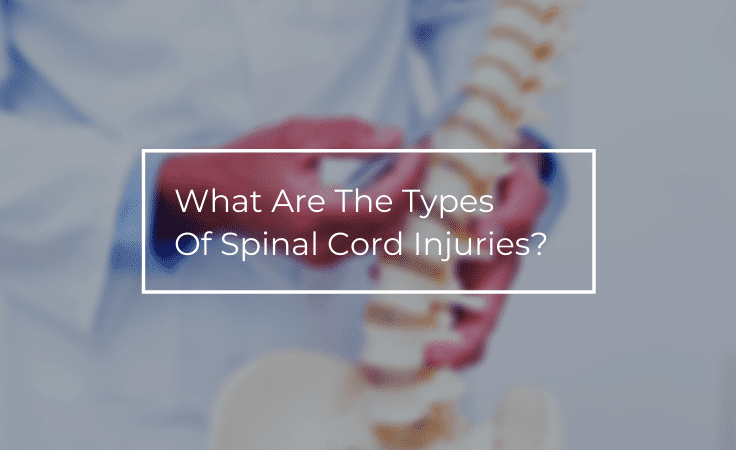Spinal cord injuries are very severe, often leading to paralysis, loss of function, and permanent disability. However, there are many different types of spinal cord injuries, each with their own unique symptoms and recovery timelines. If you are filing a personal injury claim against the party responsible for your spinal cord injury, it is important to understand your diagnosis so you and your Bakersfield spinal injury attorney can make the most compelling case for your compensation.
Incomplete versus Complete Spinal Cord Injuries
There are two main types of spinal cord injuries: complete and incomplete.
- When you suffer a complete spinal cord injury, you suffer permanent damage to the section of the spinal cord where the injury is located. You lose all sense of movement and feeling below the injury. Usually, complete spinal cord injuries result in paraplegia or quadriplegia.
- Incomplete spinal cord injuries, on the other hand, result in partial damage to the spinal cord. Some function may be present below the injury. However, incomplete spinal cord injuries can result in a loss of feeling and movement, depending on where the injury is.
You can suffer a complete or incomplete spinal cord injury along each of the four portions of the spinal cord: cervical, thoracic, lumbar, and sacral. The severity of the injury usually depends on which section of the spinal cord it affects.
Cervical Spinal Cord Injuries
The cervical section of the spinal cord is the very top portion, composed of the vertebrae in your neck. Because the cervical section is close to your brain and neck, injuries to this area are often the most severe. A cervical spinal cord injury will likely result in quadriplegia, or the complete loss of feeling and movement below the neck.
Recovery and treatment for this type of spinal cord injury can be lengthy and expensive. The medical staff will first need to stabilize the area through surgeries and medications, and then you may move into rehabilitation. People with cervical spinal cord injuries will often need lifelong treatment.
Thoracic Spinal Cord Injuries
The thoracic section of the spinal cord is located in the upper and middle part of your back. These vertebrae affect your muscles in your upper chest, abdomen, and your back, helping control your lungs, diaphragm, and rib cage.
Injuries to this section can be very severe, affecting the abdomen, lower back, and legs and often resulting in paraplegia. Recovery differs from person to person, but you may need to use a wheelchair if you suffer from a thoracic spinal cord injury.
Sacral Spinal Cord Injuries
The sacral section is located just above the tailbone in your spinal cord. The nerves in this portion control your bladder, bowels, and other organs in your pelvis. While damage to this area is rare, it can result in loss of function of the legs, hips, and bladder. Recovery times vary, but many people with sacral injuries can function on their own with the right equipment.
Lumbar Spinal Cord Injuries
The lumbar section of the spine is between the sacral and thoracic sections, near your hips, legs, and pelvis. An injury to this area can result in a loss of function in the lower body, and you may need a wheelchair or other special equipment to function afterwards.
Injuries to the lumbar section follow the same recovery pattern as cervical injuries. Once doctors stabilize the area and perform any necessary surgeries, you will enter into a rehabilitation program. You may need mobility equipment to function afterwards.
Are you struggling with the aftermath of a spinal cord injury that someone else is responsible for? If so, you are not alone and legal options are available to you. You can file a personal injury lawsuit or insurance claim against the at-fault party, depending on the circumstances surrounding your case. Contact a personal injury attorney as soon as possible to discuss your legal options and begin the filing process.
